|
For students who've been impacted by trauma, self regulation can be a challenge. In other words, they have a hard time regulating their emotions. Learning to identify feelings (in others and in themselves) is a good starting point. As teachers, helping your students identify and understand their feelings and to manage their emotions can make a big difference in their day to day. This will take time. And practice. Give your students lots of opportunities to learn about and discuss feelings. The result - students who understand their emotions we will be less likely to use behaviors such as tantrums and hitting to express his or her emotions. And that's a win for the student, the teacher, the parents, and the rest of the class. 5 Ways to Teach Students About Feelings1. Talk About Feelings Discussions throughout the day about feelings can really benefit your students. A great starting point is how talking about how someone other than your student is feeling. Use yourself as a learning tool. “I feel sad today because…” “I feel frustrated that computer isn't working today.” Also, others around you can be great examples too. “That little girl looks like he feels sad that recess is over." Books can provide good opportunities to talk about feelings. “How do you think the girl in the story feels about that?” “What do you think the mom in the story is feeling when they...?” 2. Help Students Identify Feelings Children often are unable to identify feelings, especially their own. Teachers can help children identify and name their feelings. "It looks like you are feeling frustrated with the math problem." 3. Acting Out Feelings Use puppets or stuffed animals to act out emotions. Make it fun. This can create a safe way for children to talk about their feelings through an animal or puppet. They may be more willing to share as they may feel less vulnerable, less exposed. 4. Learning About Feelings Through Play Make it fun. Play Guess the Emotion game. For example, make a sad face and have your child guess how you are feeling. Another one is play Simon Says and have your students match their face with the emotion on your face. 5. Children’s Books and Games About Feelings Books and games are great tools for teaching children about feelings.In addition to being a teaching tool, they can open the door for discussions about feelings. Below you'll find some of our favorite books and games to help your students learn about feeligs…with affiliate links to make it easy to find them. 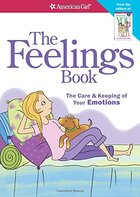 The Feelings Book: The Care and Keeping of Your Emotions by Lynda Madison The Feelings Book will help you understand your emotions, and deal with them in positive ways. You’ll get tips on how to express your feelings and stay in control, plus get sensitive advice on handling fear, anxiety, jealousy, and grief. Learn how to stay in the driver’s seat of your own emotions! 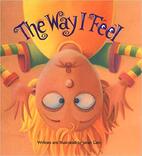 The Way I Feel by Janan Cain Feelings are neither good nor bad, they simply are. Kids need words to name their feelings, just as they need words to name all things in their world. The Way I Feel uses strong, colorful, and expressive images which go along with simple verses to help children connect the word and the emotion. Your child will learn useful words, and you will have many chances to open conversations about what’s going on in her/his life. Recommended by parents, teachers and mental health professionals, The Way I Feel is a valuable addition to anyone's library. 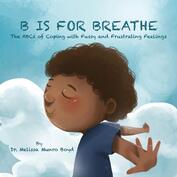 B is for Breathe: The ABCs of Coping with Fussy and Frustrating Feelings by Dr. Melissa Munro Boyd From the letter A to the letter Z, B is for Breathe celebrates the many ways children can express their feelings and develop coping skills at an early age. Fun, cute, and exciting illustrations, this colorful book teaches kids simple ways to cope with fussy and frustrating emotions. This book will inspire kids to discuss their feelings, show positive behaviors, and practice calm down strategies. 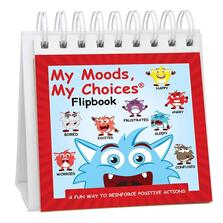
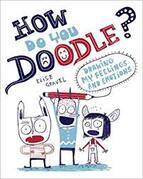 How Do You Doodle? by Elise Gravel Meet Otti, Ugga, and Flibb—They like to doodle. They doodle all the time! They doodle when they are mad, they doodle when they are glad, and they doodle when they are sad. They doodle just about anything they want! How Do You Doodle? has over 40 doodle games for you to doodle, scribble, and draw out your thoughts, emotions, and feelings. You can draw or write whatever you want in this book — cute drawings, silly drawings, even ugly drawings. Be creative and express yourself! Your doodles will help you to understand and recognize your emotions and feelings. How do You Doodle? can be used alone, or in association with a therapist or parent to help kids better realize and understand their emotional responses to situations, and to help promote better emotional health. A "Note to Parents" is included. 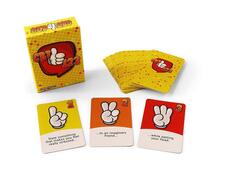 T 123 Version 2.0: The Hilariously Fun Game That Empowers Kids and Teens to Take Charge of Their Thoughts, Actions, and Emotions EXCITING GAMEPLAY: Players work to pick up sets of 1, 2, and 3 cards, acting out the fun situations on the sets
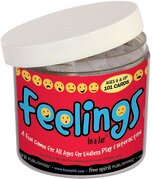 Feelings in a Jar: A Fun Game for All Ages for Endless Play & Interaction Everyone needs to know how to name and express feelings. Each jar holds 365 little slips printed with ";feelings words";€”gleeful, insecure, grateful, angry, cranky, courageous, hopeful, and many more. Pull a slip and act out the feeling, or invite someone else to act it out. Use as discussion starters, journaling prompts, or icebreakers for groups. Ages 8 & up.
0 Comments
You probably can FEEL the anticipation in your classroom. And if you’ve been to your neighborhood big box store lately, you know it’s coming. Aisles of candy. Aisles of costumes…from the cute ones to the scary, gory ones. Aisles of decorations. Halloween is just around the corner. As a trauma-informed teacher, you know holidays are times you need to be intentional. Halloween is one where you REALLY need to be intentional, especially with students who've been impacted by trauma. The bottom line is trauma and Halloween do not go well together. Children who’ve been impacted by trauma don’t manage anxiety well. They don’t manage transitions well. They don’t manage sensory stimuli very well. Throw in Halloween and all the things that go along with that and you throw TRIGGERS into the mix. Frightening triggers. How Triggers Affect a ChildHalloween can be FULL of triggers for kiddos who've been impacted by trauma.
Once in survival, they tend to go to FIGHT, FLIGHT, or FREEZE. And we all know, that is not a place we want to send our students. We want them to feel SAFE! When they are in survival, there is no frontal cortex thinking going on. They are triggered. And any logical reasoning has gone out the window! Triggers at Halloween for Kids Impacted by TraumaFor neurotypical students, they usually can determine the difference between and reality. Students who've been impacted by trauma, often are not able to do so. What does that mean when it comes to Halloween? It means that when the child sees a scary movie, sees a scary or gory costume, or hears scary sounds such as shrieks and scary music, they are not able to see it as reality. They sense fear and are triggered...sending them right into FIGHT, FLIGHT, or FREEZE. While they may not show it on the outside, adrenaline has kicked in and they are now operating out of survival. They no longer feel safe. How to Celebrate Halloween Without Sending a Child to SurvivalSo...if your school celebrates Halloween, there are some things you can do to still make it fun, but ensure that ALL of your students continue to feel safe.
Classroom after classroom has students who've been impacted by trauma. As trauma informed teachers, we are all doing our best to find ways to create a space for our students to feel safe, to know they are loved, and where they can believe they are capable.
Finding a book that is an enjoyable read, yet packed with great ideas for trauma informed teachers is a WIN! That’s what we found in the book Kids These Days by Dr. Jody Carrington. A Game Plan for Trauma Informed Teachers
Words from the author:
The kids are the least of our worries. Seriously. If that sounds blasphemous in a book for concerned parents and educators (and anyone, really, who worries about "kids these days"), then I am so glad you're here. If you own a kid, work with a kid, or love a kid, you will find something inspiring in these pages. Dare I say game-changing. These words were born from the hundreds of stories of kids, their families, and their support systems I was lucky to meet as I worked across Canada and the USA. Regardless of who I met or where I met them, the message was always the same: our kids are okay ONLY if those of us holding them are okay. During the developmental years, schools-and educators-are the most significant connection point to most every child on this continent. But are the educators okay? I believe that most of the great educators want to make a difference. Many tell me, however, that they are finding it more and more difficult "these days" to love what they do. I think it's time we did a better job of looking after them. First. Plain and simple. This book is for the educators: our teachers, bus drivers, administrators, educational assistants, librarians, administrative assistants, and custodians. And anyone who leads, loves, and supports them. Book Discussion for Trauma Informed Teachers
We are SUPER EXCITED to announce that we will be going through the book together in our online book club in IMPACT. And even more exciting…Dr. Jody Carrington, the author, will be answering our questions in a video just for our group. How great is that?
Grab your copy here with our special aff link and join us in IMPACT today! www.tohavehope.com/impact Get your questions ready for Dr. Carrington...it's going to be a GREAT discussion! |
CommunityWe are on a mission to support trauma-sensitive teachers creating classrooms where ALL students feel SAFE, LOVED, & CAPABLE. ArchivesCategories |

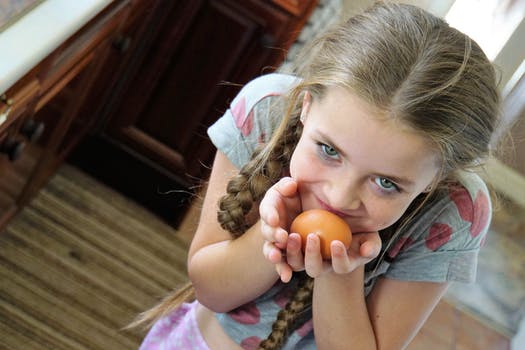
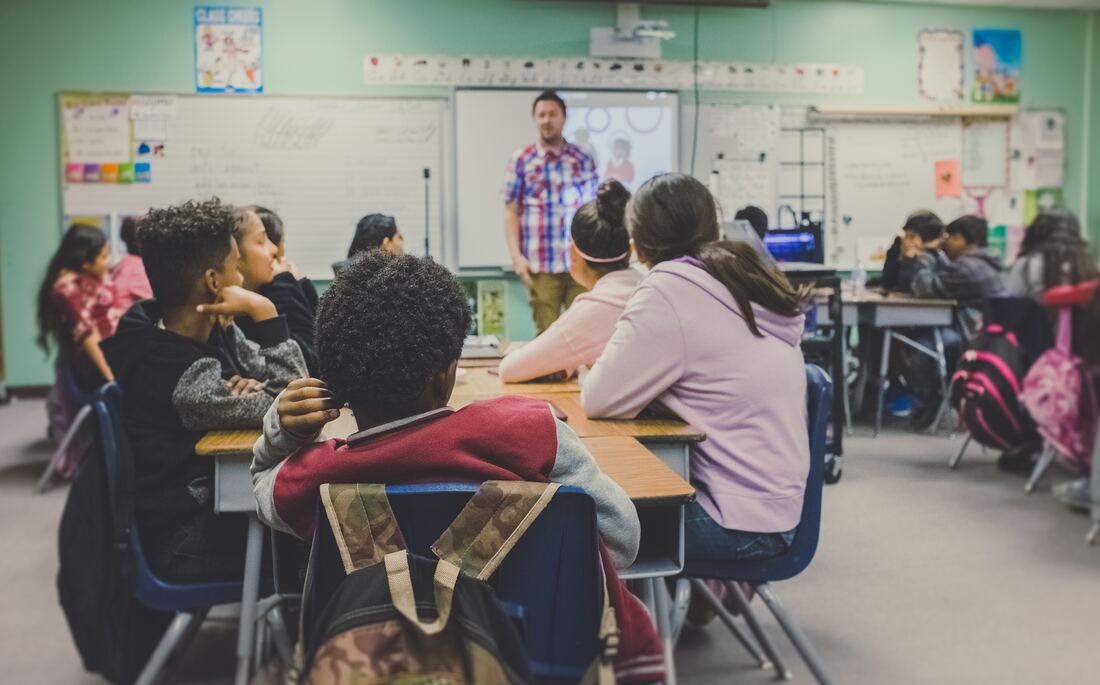
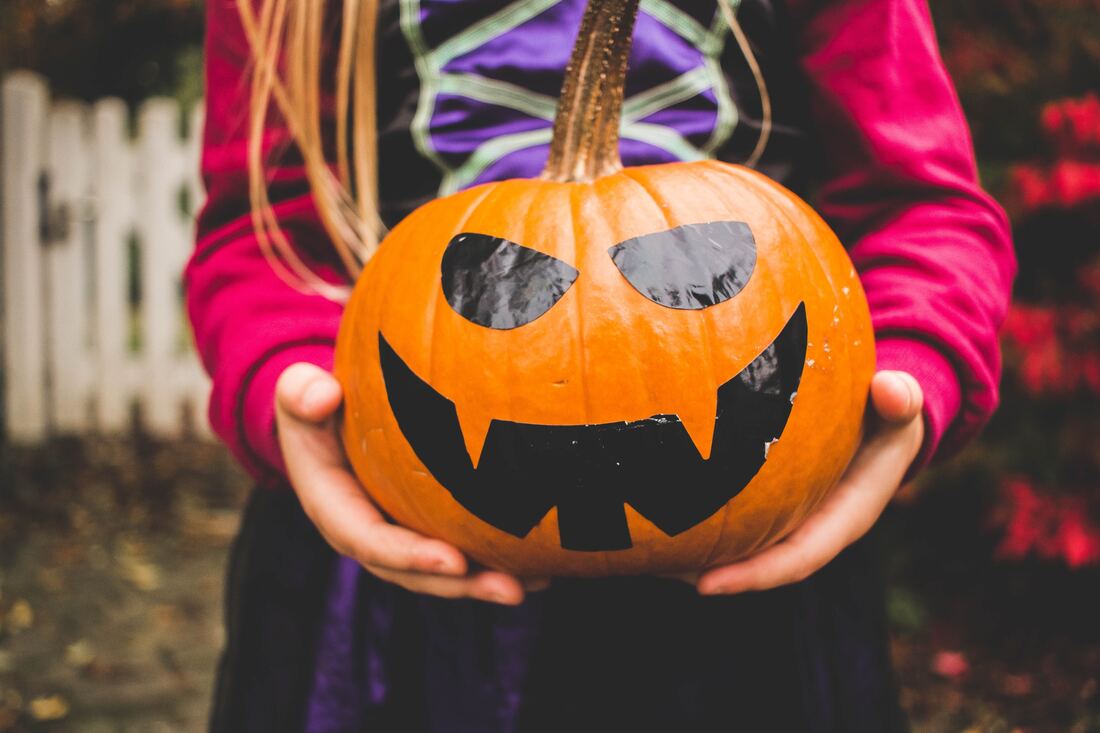
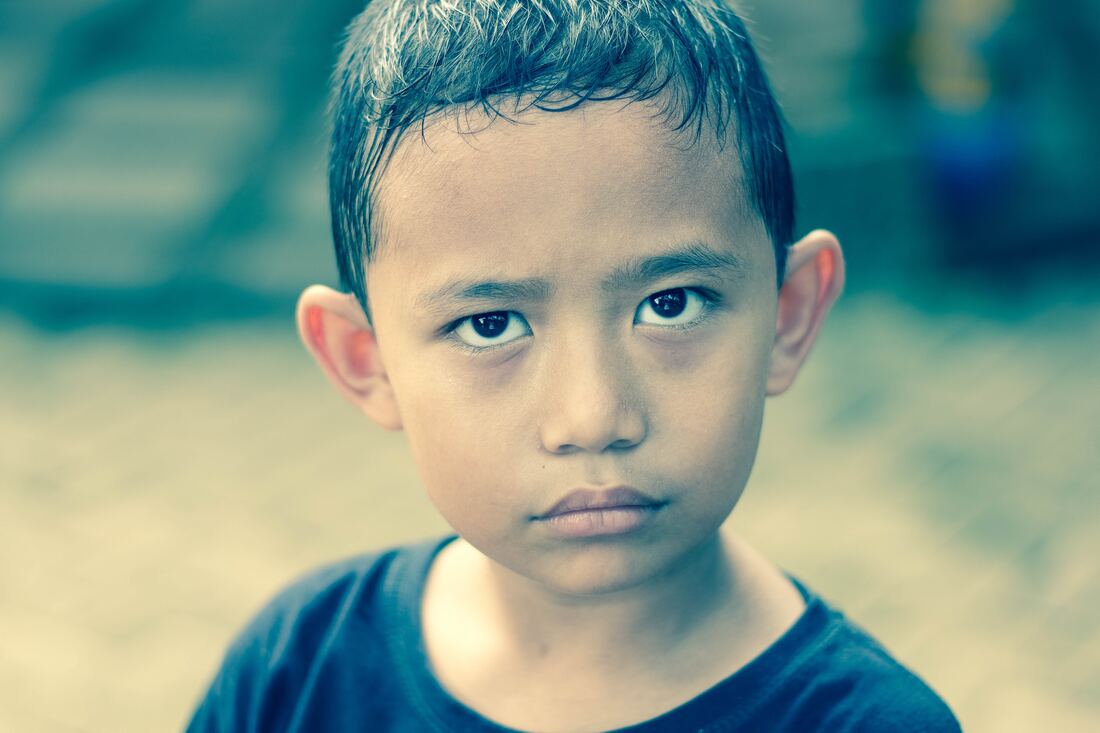
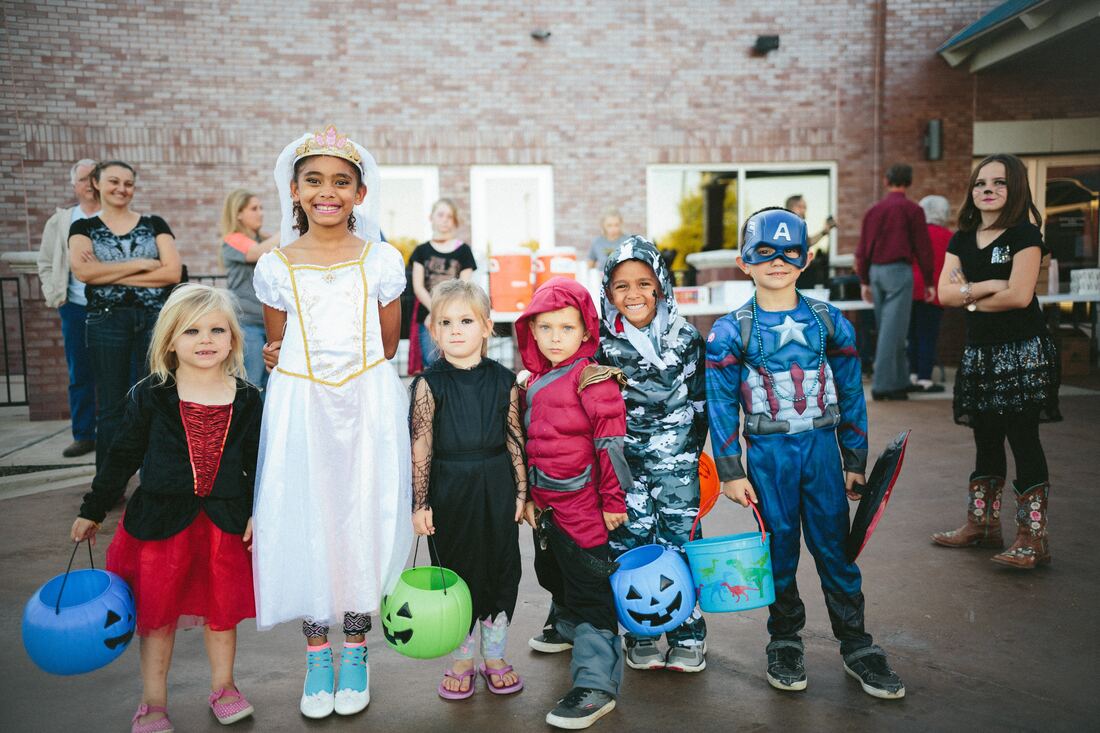
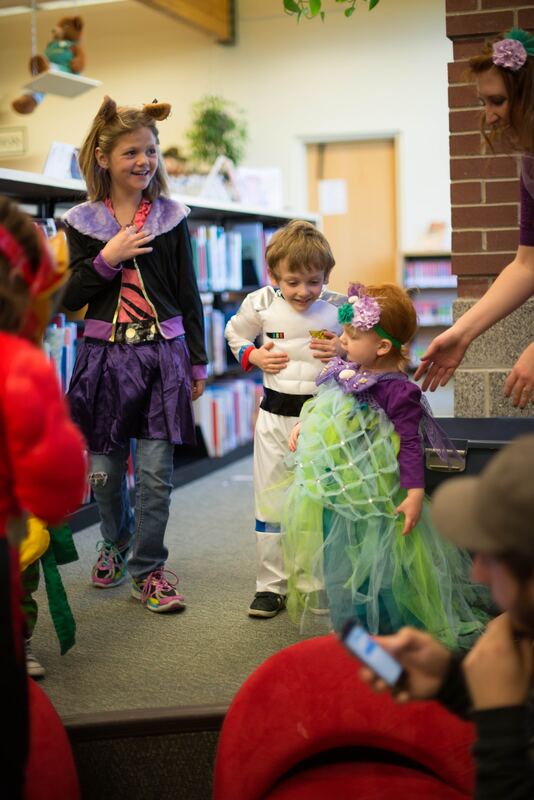
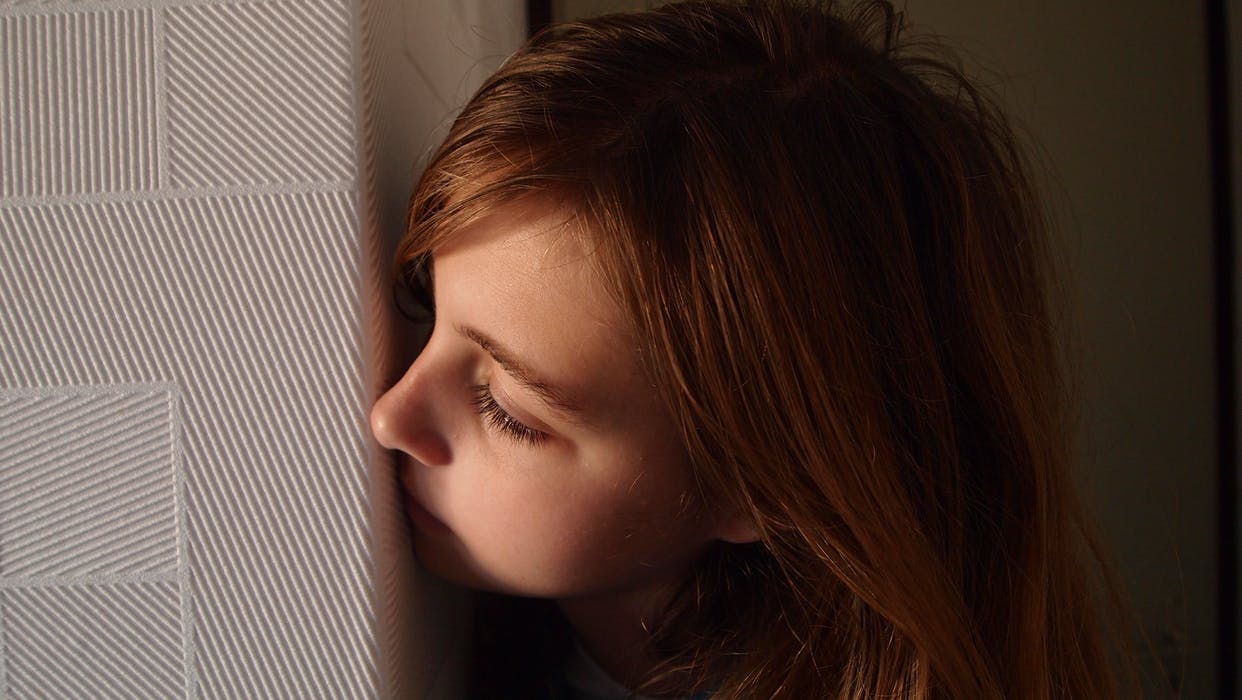
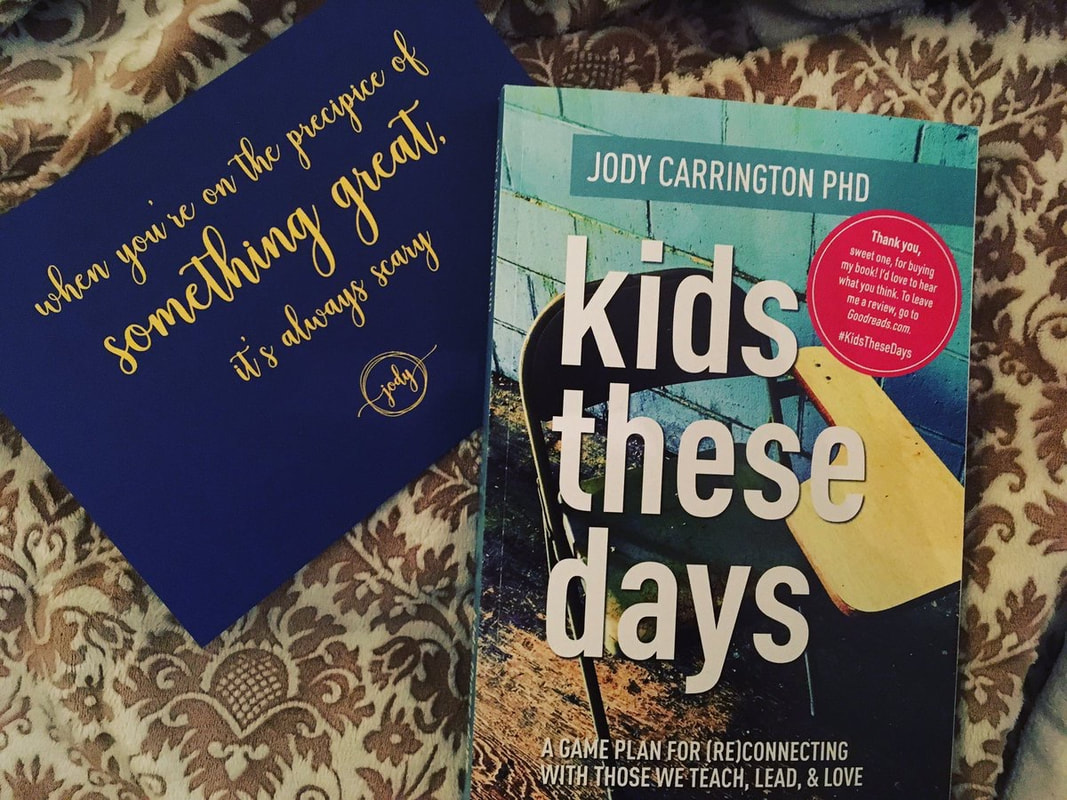
 RSS Feed
RSS Feed